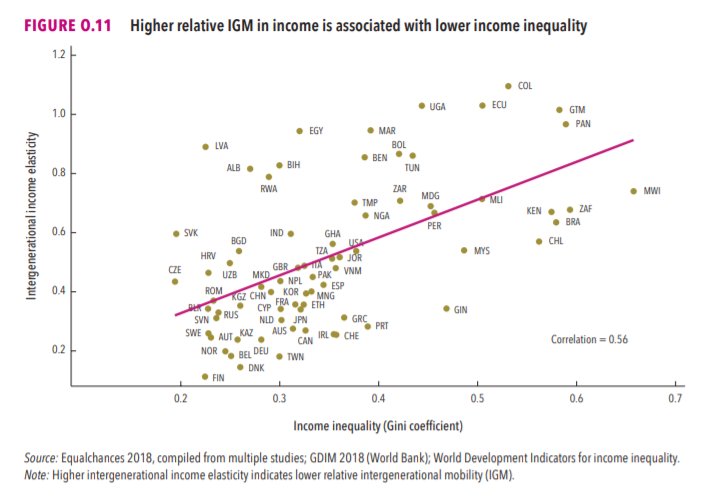Yesterday, I wrote about how easy it is to sell ice cream on a crowded beach: https://t.co/a9z2ZTixb7
Today, I’m at the local fair.
There are hundreds of vendors.
But there are also huge crowds who are hot and thirsty; lots of demand for cold drinks!
Go where the crowds are!
Again, this is just a metaphor!
But it’s a good reminder:
🍋 If you have a lemonade stand, it’s better to go somewhere hot, where there are a lot of thirsty people.
💻 If you want to make software, it’s better to go where there are a bunch of potential customers.
BTW - targeting a good market doesn’t mean you’ll automatically win!
There are a TON of factors that influence a business’ success (or failure).
But choosing a market that has a lot of demand (and good channels) is essential for future success.
In business, nothing is guaranteed.
You might be in a good market today, but tomorrow it could fall apart.
Markets are fickle.
Some days they want 🍦, other days they want 🥤.
The economy can go up, or it can crash.
A good competitor can come in and grab market share.
But this reinforces the point:
“Business is already hard, why make it harder?” – @asmartbear
Why try to enter a niche where there’s no demonstrable demand?
Why try to serve a total addressable market of 500, when you could go after 500,000 potential customers?
